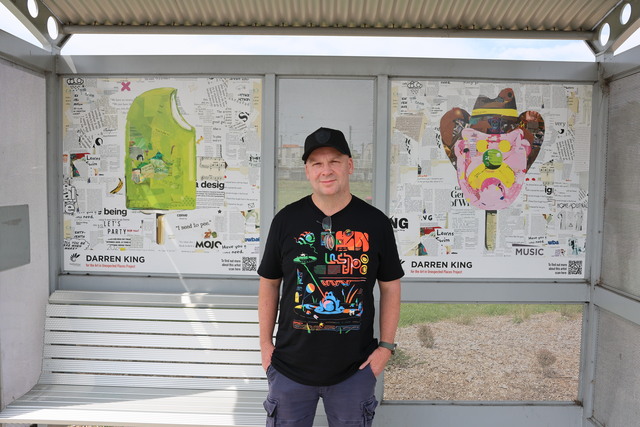Public service purchase decisions are coming under increased scrutiny, and we often read media reports about murky contract approvals.
It’s not unusual to see officials squirming as they try to justify the selection of supplier.
With the public insisting on probity and transparency, it becomes harder and harder to justify purchase decisions, a process which can be made more difficult if decisions are based on vague criteria like ‘value’ or ‘local community benefit’.
This is where a systematic approach and robust procedures and tools can make all the difference.
Procurement technology platforms like illion TenderLink include a tried-and-tested evaluation toolset to take the guesswork out of choosing the most appropriate vendor.
A systematic approach
The process begins at the specification stage, when the buyer specifies all the requirements of a winning bid. Based on the attributes which are required, the tender response form is then constructed to help quantify the bidders’ responses – not just on costs, but, importantly, also on non-price criteria.
Buyers can include questions in the bid documentation to test all these aspects and make sure that all bidders are supplying the same type of information allowing for more systematic comparison.
Our toolsets also allow organisations to weight the criteria. What’s more important to your council? Price, on-time delivery, a local presence, trading history or any other characteristic can be tested and, crucially, weighted to reflect their relative importance.
Ensuring transparent comparisons
Online tender response forms make it easy for bidders to respond. They don’t have to construct a bid document from scratch, but instead complete the online form and attach any relevant documents. Importantly, they get to see exactly what the buyer is looking for and the requirements on which their bid will be evaluated.
And when it comes to picking the winner, the use of a robust evaluation approach takes the subjectivity out of tender awards and ensures transparency. Wherever possible, responses can be automatically scored and weighted according to the predetermined criteria. The system delivers objective results which stand up to scrutiny.
For additional security, all the proposals are locked in the system and can’t be changed. So, if there’s any confusion or dispute in six months’ time, interested parties can go back to the original proposal and recheck the scoring.
As the size and scope of public procurement expands and as the stakes get higher, so too will the demand for total transparency.
By using technology, procurement professionals are able to demonstrate the objectivity of their decisions, avoiding any hint of bias or favour. Yet again, technology is not only increasing efficiency and making it easier for procurement professionals to do their jobs, but it is also allowing them to make better decisions and protecting them and their organisations along the way.
· Rob Cook is Marketing Manager of illion TenderLink (illion.tenderlink.com), one of Australasia’s largest integrated web-based procurement solutions providers.
*Copy supplied by TenderLink







